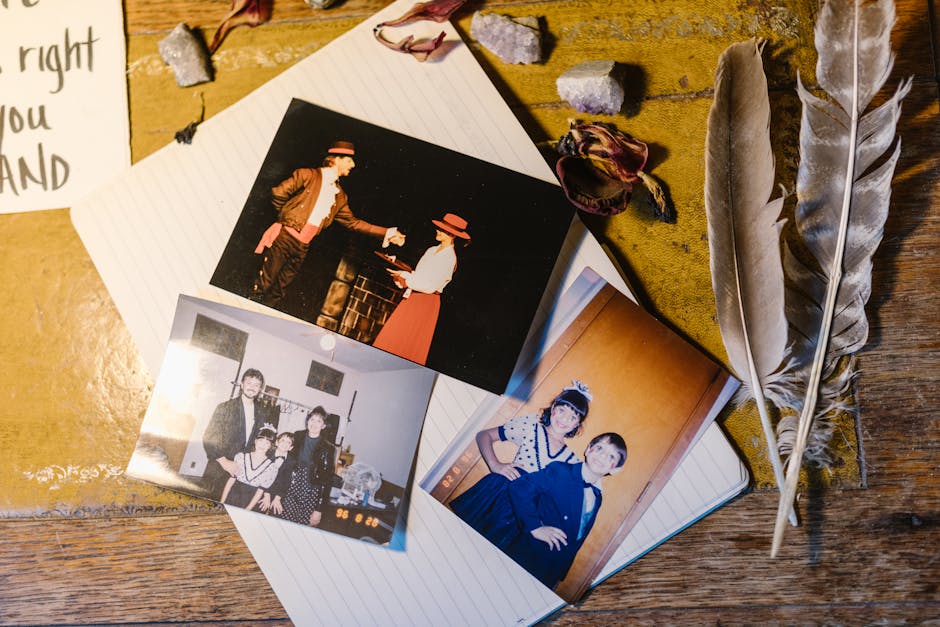The Real Story Behind the Salem Witch Trials and Mass Hysteria
The Salem Witch Trials of 1692 remain one of the most infamous episodes of mass hysteria in American history. Taking place in colonial Massachusetts, the trials led to the execution of 20 individuals, the majority of whom were women, and the imprisonment of many others. Religious fanaticism, personal grudges, and widespread fear of the supernatural drove the hysteria.
Often recalled as a time of baseless hysteria, the trials stemmed from underlying social and political tensions of the era. Puritan beliefs, strict societal roles, and tensions within the community contributed to an environment where accusations of witchcraft could spread unchecked. Understanding the events that led to these tragic trials provides insight into how fear and misinformation can spiral into devastating consequences.
The Origins of the Salem Witch Trials
The events began in early 1692 when two young girls, Betty Parris and Abigail Williams, exhibited strange behavior such as convulsions and outbursts. A local doctor, unable to find a medical explanation, speculated that witchcraft was to blame.

This diagnosis set off a wave of paranoia that spread rapidly through Salem Village.
Three women were initially accused: Tituba, an enslaved woman from the Caribbean; Sarah Good, a homeless beggar; and Sarah Osborne, a woman who had defied traditional gender norms. Under immense pressure, Tituba confessed to practicing witchcraft and implicated others in the community, fueling further accusations.
Religion's Influence on Social Conflict
The Puritan belief system played a central role in shaping the trials. Puritans believed their community was under constant threat from Satan, treating any departure from strict religious rules with suspicion. Women who did not conform to traditional roles or individuals who were already marginalized were more likely to be accused.
Salem was split between those who backed economic growth and those who sought to preserve its agricultural traditions. Many of the accused came from families who were seen as threats to traditional values or who had disputes with their neighbors.
The Court Proceedings and Executions
The Court of Oyer and Terminer oversaw the trials, basing many judgments on spectral evidence, claims that an accused person's spirit caused harm despite their physical absence. This type of evidence was impossible to disprove and led to numerous convictions.
- June 1692: Bridget Bishop became the first person executed.
- July 1692: Five more individuals were hanged.
- August–September 1692: Additional executions took place, bringing the total number to 19 hanged and one pressed to death.
- October 1692: Public opinion shifted against the trials, leading Governor William Phips to dissolve the court.
The Aftermath and Legacy
In early 1693, the remaining prisoners were freed after new courts dismissed spectral evidence. Over time, many involved expressed regret for their roles in the hysteria. In 1702, the trials were declared unlawful, and in 1711, financial compensation was offered to some victims’ families.
The Salem Witch Trials continue to be studied as a cautionary tale about mass hysteria and injustice. They highlight how fear can override reason and lead to tragic outcomes when due process is ignored. Even today, references to Salem are invoked in discussions about persecution and wrongful accusations.
Modern Interpretations and Popular Culture
The trials have been depicted in literature, theater, film, and television. Arthur Miller’s play The Crucible (1953) is one of the most famous adaptations, using Salem’s events as an allegory for McCarthy-era political persecution. Historians are still examining whether psychological influences like ergot poisoning or societal pressure played a role in the hysteria.
Visiting Salem today offers insight into this history through museums, preserved sites like The Witch House (home of Judge Jonathan Corwin), and annual events commemorating those affected by the trials.
The Salem Witch Trials remain a stark reminder of how unchecked fear can escalate into widespread injustice. Understanding these events helps prevent similar occurrences in modern society where paranoia and misinformation still influence public perception. Studying history helps societies uphold due process instead of giving in to hysteria.
FAQs About the Salem Witch Trials and Mass Hysteria
- What sparked the Salem Witch Trials?The trials began in 1692 when two young girls, Betty Parris and Abigail Williams, exhibited strange behavior that was interpreted as witchcraft.
- Who were the first individuals accused of witchcraft?The initial accusations were made against Tituba, Sarah Good, and Sarah Osborne. These women were marginalized and easily targeted.
- Why was spectral evidence controversial?Spectral evidence relied on accusations that a person's spirit caused harm, making it unverifiable and contentious due to the absence of physical proof.
- How did religion influence the trials?The Puritan belief system heavily influenced the trials, as deviations from strict religious norms were viewed with suspicion.
- What led to the end of the Salem Witch Trials?Public opinion shifted against the trials, and Governor William Phips dissolved the court in October 1692, leading to the release of imprisoned individuals by early 1693.
- Were any of the accused ever exonerated?In 1702, the trials were declared unlawful, and in 1711 financial compensation was offered to some victims’ families.
- What is "The Crucible," and how does it relate to Salem?Arthur Miller’s The Crucible portrays the Salem Witch Trials as a metaphor for the political repression of the McCarthy era.
- How do modern historians interpret the trials?Historians analyze various factors, such as ergot poisoning or social pressures, to understand what contributed to the hysteria during the trials.
- What can be learned from the Salem Witch Trials?The trials serve as a cautionary tale about how fear can override reason, leading to mass hysteria and injustice when due process is ignored.
- Are there any preserved sites related to the trials today?Yes, visitors can explore sites like The Witch House in Salem and various museums dedicated to educating the public about this historical event.